Have you ever wondered what defines the strength of your beer? From hazy IPAs to rich stouts, beer strengths vary widely, offering a unique experience for every palate. Understanding the concept of beer strength can not only enhance your drinking experience but also help you navigate the diverse world of brews. Whether you’re curious about the alcohol content in your favorite ale or eager to explore the bitterness scale, this guide will walk you through the essential aspects of beer strength, including the IBU system, alcohol percentages, and factors that influence these measurements. By the end of this exploration, you’ll have a clearer understanding of what makes a beer strong and how to interpret beer strength labels. So, let’s dive in and uncover the fascinating world of beer strengths!

What Are the Different Strengths of Beer?
Beyond just the type of container beer comes in, there are numerous qualities and characteristics that make beer a versatile and enjoyable beverage. Here are some key strengths:
- Flavor Profiles : Beer offers a wide range of flavors depending on the style. From crisp lagers to robust stouts, there’s something to suit every palate. Whether you prefer the citrusy tang of an IPA or the smooth creaminess of a wheat beer, beer provides a diverse sensory experience.
- Alcohol Content : Beer varies in alcohol by volume (ABV), ranging from light beers around 4-5% ABV to bold stouts and porters that can reach upwards of 10%. This range allows beer to cater to different preferences and occasions, whether you’re looking for a sessionable drink or a hearty brew.
- Serving Temperature : Beer has an optimal serving temperature that enhances its flavor. Light beers are best enjoyed cold, while darker beers often taste better slightly warmer. This versatility means beer can be enjoyed year-round, whether you’re sipping it during a summer cookout or warming up by a fireplace in winter.
- Food Pairing : Beer is incredibly versatile when it comes to pairing with food. Its broad flavor spectrum makes it a great match for a wide range of dishes, from light appetizers to hearty meals. For instance, a crisp lager pairs well with grilled meats, while a sweet stout complements rich, chocolatey desserts.
- Glassware : The way beer is served can significantly impact its enjoyment. Using the right glassware ensures that the aroma and flavor are preserved and released properly. For example, a tulip glass helps trap the head and release carbonation, enhancing the drinking experience.
These strengths make beer a popular choice for social gatherings, celebrations, and even casual relaxing moments. Its diversity and adaptability ensure that there’s always a perfect beer for any occasion.
What Type of Beer Is the Strongest?
The strongest type of beer is typically characterized by its high alcohol by volume (ABV), which measures the amount of alcohol in relation to the total volume of the beer. Among the most potent beers available, several stand out for their high ABV:
- Brewmeister – Snake Venom – Brewed in Scotland, Snake Venom holds the title of the world’s strongest beer with an ABV of 67.5%. Known for its intense flavor and high potency, it is a favorite among beer enthusiasts seeking a powerful drink.
- Devil’s Hole – Extreme Strong Ale – Produced in Denmark, this beer boasts an ABV of 60%, making it one of the strongest commercial beers available. Its bold taste and high alcohol content make it a notable choice for those who enjoy robust flavors.
- Surapp – Surapp 57.4% – Originating from Norway, Surapp is another high-strength beer with an ABV of 57.4%. It combines boldness with a unique flavor profile, appealing to fans of strong beers.
These beers are celebrated for their high alcohol content, often serving as a challenge to beer connoisseurs due to their intense flavor profiles and significant ABV levels.
For more information on these beers and other craft beer options, explore The Goods On Tap , your comprehensive guide to discovering the best craft beers worldwide.
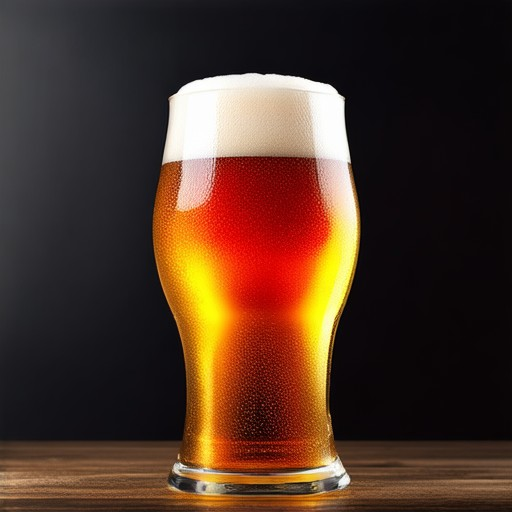
Strength of Beer
The strength of a beer is typically measured by its alcohol by volume (ABV), which indicates the percentage of alcohol in the beer relative to its total volume. Here’s a breakdown of the typical ABV levels:
- Light Beers : Generally range from 4% to 5% ABV. Examples include Coors Light (4.2%) and Miller Lite (4.6%).
- Regular Beers : Typically fall between 5% to 6% ABV. Common examples include many lagers and pilsners.
- Craft Beers : Often vary widely, with some ranging from 6% to 10% ABV or higher. These can include ales, stouts, porters, and seasonal brews.
The ABV is influenced by factors such as the type of malted barley used, the fermentation process, and whether the beer undergoes a prolonged aging period.
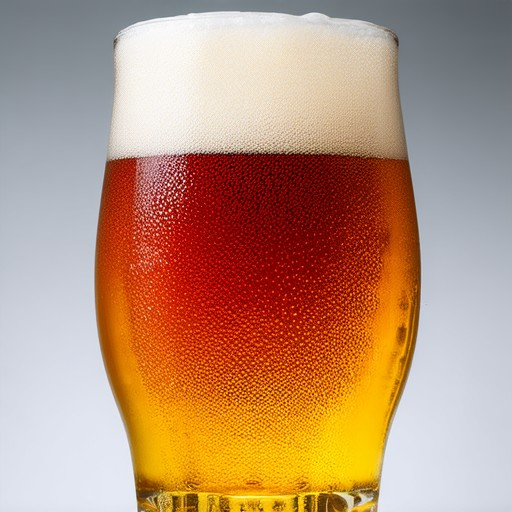
Is a 7% Beer Strong?
A 7% alcohol by volume (ABV) beer is generally considered moderately strong compared to the average beer, which typically ranges between 4% to 6%. However, the perceived strength of a beer can vary depending on the style and type of beer. For example:
- Comparison to Common Beer Strengths :
- Most lagers and ales have an ABV of 4-6%, making a 7% beer slightly higher in alcohol content.
- Beers like India Pale Ale (IPA) often exceed 7% ABV, with some varieties reaching upwards of 10%.
- Cultural Context :
- In some regions, a 7% ABV may be considered relatively strong, while in others, it might fall within the norm for everyday beers. For instance, in Germany, a beer exceeding 16% ABV is often referred to as a “Biergarten” or “Doppelbock,” which is significantly stronger than a 7% beer.
In summary, a 7% ABV beer is moderately strong and falls into the higher end of typical beer alcohol levels, particularly for styles like IPAs, but it is not classified as exceptionally strong compared to very high-alcohol beers.
How Strong is an 8% Beer?
- An 8% beer has an alcohol by volume (ABV) of 8%, meaning 8% of its total volume consists of pure alcohol.
- A standard 5-ounce serving of an 8% beer contains approximately 0.40 ounces of pure alcohol.
- This equates to roughly 1.6 “standard” drinks based on the typical 5-ounce measurement used in the U.S.
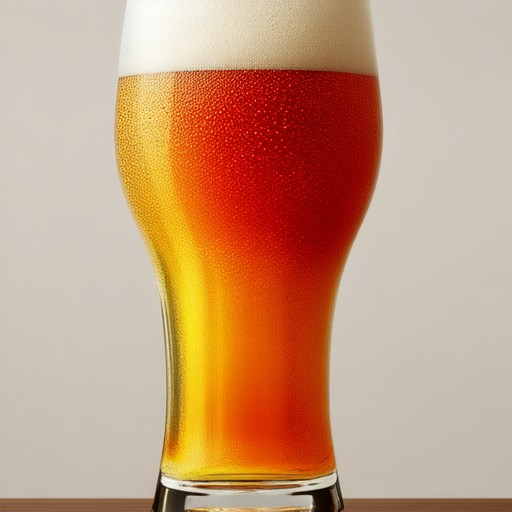
Is 6% a strong beer?
A 6% alcohol by volume (ABV) is generally considered the baseline for a strong beer. In many countries, this ABV is the recognized threshold for what defines a “strong” beer. However, definitions can vary depending on regional standards. For instance, in Norway, a strong beer may start as low as 4.8% ABV, though this is less common elsewhere.
Strong beers typically exhibit bold flavors, often featuring higher malt sweetness, roasted notes, or spicy undertones. The higher ABV allows for a broader spectrum of taste profiles, making them stand out against weaker brews. While 6% ABV is the most common starting point, beers can range well above this, with imperial stouts, barleywines, and tripels reaching upwards of 10%, 12%, and 9% ABV, respectively.
For more information on beer styles and their characteristics, explore Beer Styles on The Goods On Tap.
Learn More About Beer Strengths

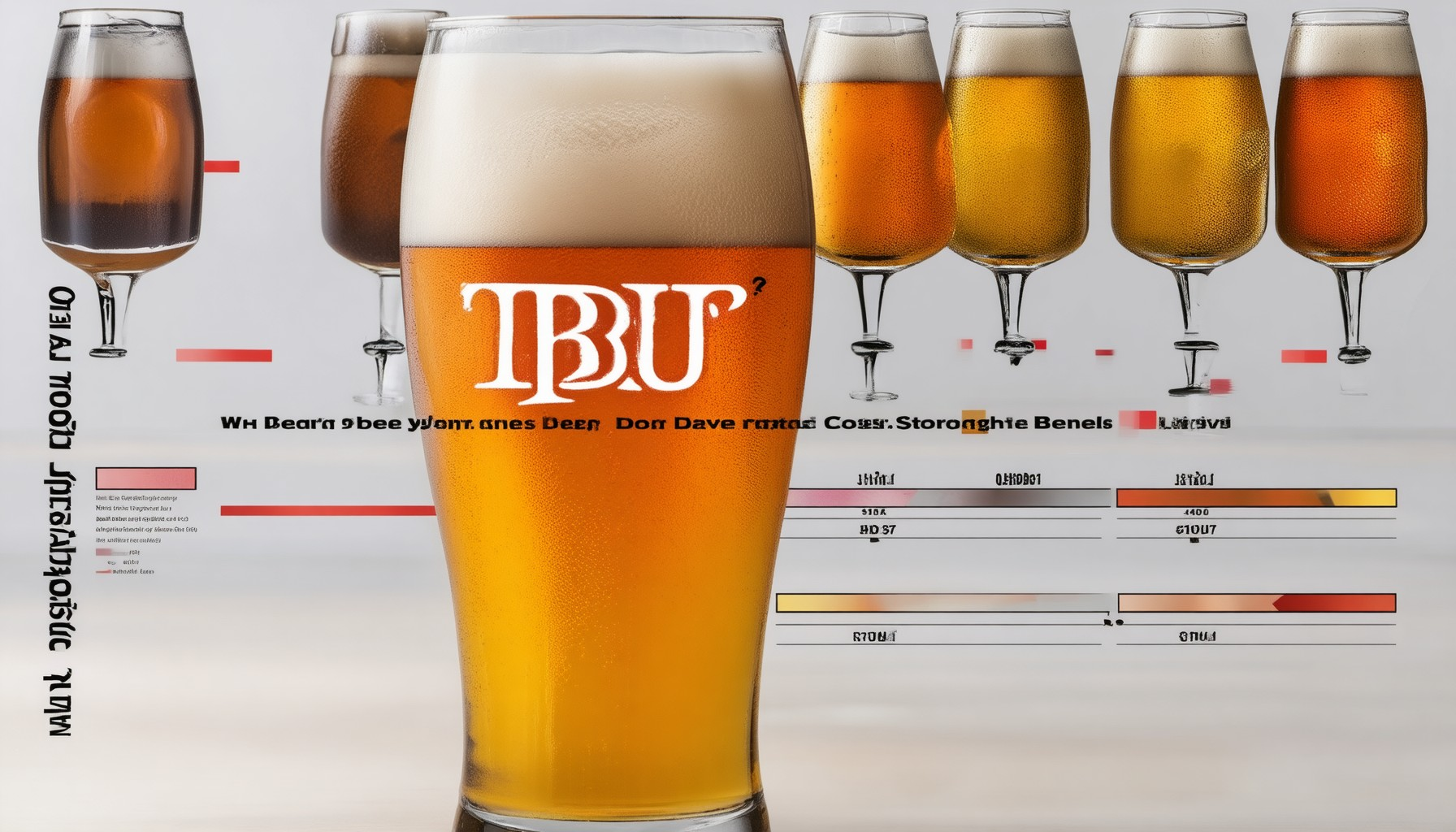

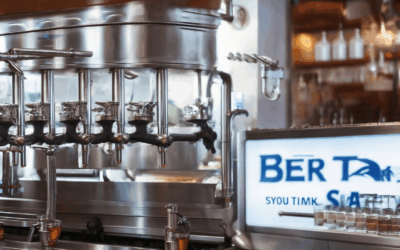
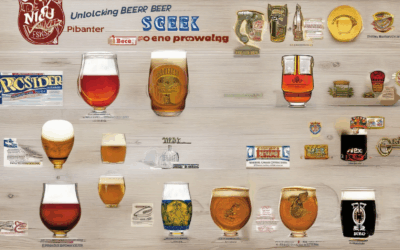
0 Comments